These creatures are known to cause significant damage to a variety of plants, turning a once vibrant garden into a landscape of half-eaten leaves and stems.
How to Properly Deadhead Your Garden Plants for Continuous Blooms
In the realm of horticulture, one practice stands out as essential for maintaining the health and vibrancy of your garden: deadheading. This simple yet effective technique can mean the difference between a good garden and a great one.
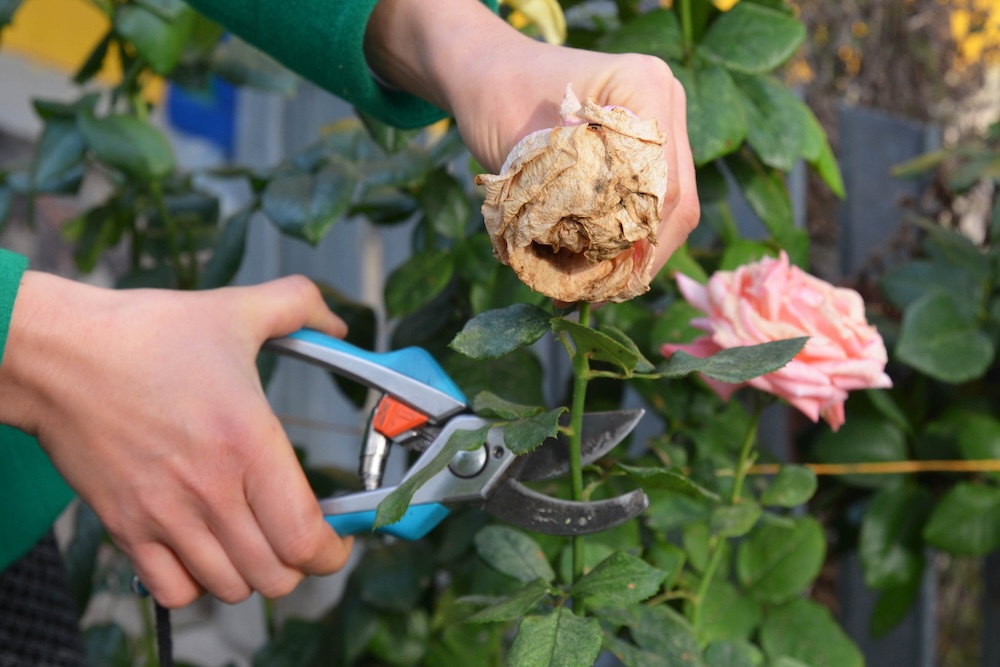
- What is Deadheading?
- The Science Behind Deadheading
- The Benefits of Proper Deadheading
- Tools Needed for Effective Deadheading
- How to Use Different Tools for Deadheading
- Identifying Plants That Need Deadheading
- Understanding Plant Growth Habits
- Deadheading Techniques for Improved Flower Health and Appearance
- When to Deadhead
- Daniel’s Wrap
What is Deadheading?
Deadheading is the process of removing spent blooms from plants. The purpose of this activity is twofold: to keep your plants looking tidy, and to encourage them to divert energy from seed production to producing more flowers.
The Science Behind Deadheading
From a biological standpoint, deadheading works by capitalising on a plant’s natural drive to reproduce. When a flower fades without producing seeds, the plant “thinks” it needs to try again, leading to the production of more flowers.
The Benefits of Proper Deadheading
Deadheading offers numerous benefits to both the aesthetic appeal and the health of your garden. These include:
- More vigorous blooming: As explained earlier, deadheading encourages plants to refocus their energy on producing new flowers, leading to more vigorous and plentiful blooming.
- Extended blooming season: Many plants will continue to produce flowers for longer if they are regularly deadheaded, extending your garden’s blooming season.
- Fewer weeds: Some plants are extremely weedy and letting them go to seed can encourage their babies to sprout where they’re unwanted in your garden- and, even worse, in the natural environment.
Tools Needed for Effective Deadheading
The tools required for effective deadheading vary based on the type of plant and the size of the flower. Some plants can simply be deadheaded using your fingers, while others may require tools such as pruning shears or secateurs. When selecting tools, consider the thickness of the stem and the delicacy of the plant.
Some horticulturists will warn against using your fingernails for pruning as that won’t create a perfectly clean cut like a good, clean, sharp pair of secateurs will. And they’re right. But perfection is the enemy of completion, so feel free to prune with your hands if you want to.
How to Use Different Tools for Deadheading
Using the right tool in the right way is crucial for effective deadheading. Here’s a step-by-step guide on how to use each tool:
- Fingers: For soft-stemmed plants, such as geraniums, simply pinch the stem between your thumb and forefinger and snap it off.
- Secateurs: Best for thick-stemmed flowers such as roses and agapanthus. Make a clean cut just above a leaf joint or bud. Snips are basically the same thing, just a bit smaller and with a differently shaped cutting blade.
- Pruning shears: Perfect for hedge-pruning thin herbaceous or woody stems, where you need to make lots of small cuts in a single stroke. Westringias are a good example here.
Remember, the aim is to remove the spent bloom without damaging the rest of the plant. So, always be gentle and make clean, sharp cuts to minimise stress to the plant.
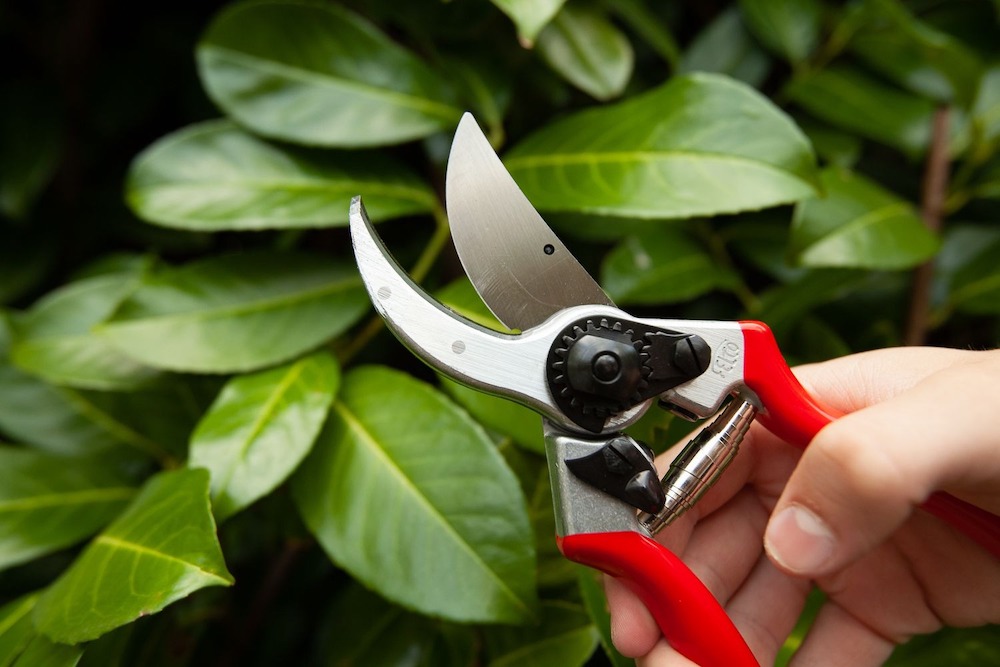
Identifying Plants That Need Deadheading
Not all plants require deadheading to thrive. It’s important to know which ones do and which ones don’t, and how to differentiate between them. Common garden plants that benefit from deadheading include pansies, petunias, roses, geraniums, agapanthus, and kangaroo paws.
These plants are known for their prolific blooming, and deadheading can encourage a second or even third wave of flowers. Not all plants need to be deadheaded, though. You wouldn’t prune a eucalypt or acacia just because it’s finished flowering; instead, you’d let the gum nuts or seed pods form and enjoy those just as much as the flowers.
In fact, some people like to leave rosehips on their roses because they can look quite lovely until they dry out. Horticulture is just as much an art as it is a science.
Understanding Plant Growth Habits
Understanding a plant’s growth habit can significantly aid in determining how to deadhead. For instance, strappy plants like agapanthus and kangaroo paws have a clumping habit with flower stalks coming from the base.
You can prune these stalks at the base once the flowers die.
Rose flowers exist as a single bloom or multiple blooms on a thin stem. You can cut rose deadheads back to an outward-facing bud during the growing season, and then give them a hard winter prune around June to August.
Hedge-pruned shrubs, on the other hand, are usually trimmed with a set of garden shears or mechanical hedge trimmer, using non-selective cuts rather than specifically deadheading each individual flower stem.
Unless you really want to sit there and cut every single tiny spent flower, of course. Maybe you have a lot more time on your hands than I do.
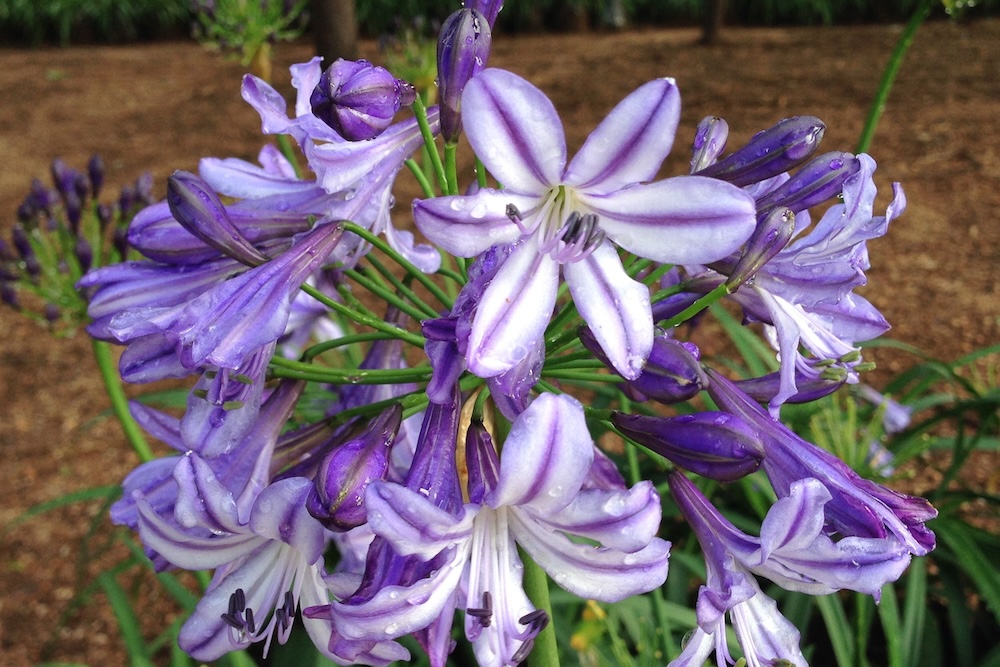
Deadheading Techniques for Improved Flower Health and Appearance
Here’s a step-by-step guide to deadheading:
- Identify the spent bloom/s.
- Follow the stem down to the next set of leaves or buds (try to find an out-ward facing bud where applicable, which will encourage a better growth shape moving forward).
- Using your chosen tool, make a clean cut at a slight angle, just above a leaf or bud.
Dispose of the spent bloom in your green bin or compost pile.
When to Deadhead: Timing Your Pruning
Ideally, you want to deadhead when the flowers are spent, but before the seeds form. This timing varies depending on the plant species and the local climate, so it’s crucial to observe your plants and learn their individual cycles.
Every plant has their own flowering timeline, so the time of year is less important than keeping an eye out for when the flowers are spent. As long as you’re keeping your cuts small and focusing on spent flowers, as well as practicing good pruning hygiene, your pruning won’t hurt your plants too much. In fact, it’ll divert valuable resources so that the plant can spend them elsewhere.
Daniel’s Wrap
Properly deadheading your garden plants can significantly improve their health, appearance, and flowering capacity. By incorporating deadheading into your regular gardening routine, you can ensure your garden remains vibrant, healthy, and full of blooms throughout the growing season.
Remember, a well-maintained garden is not only a joy to behold but also a testament to the care and attention given by its gardener.

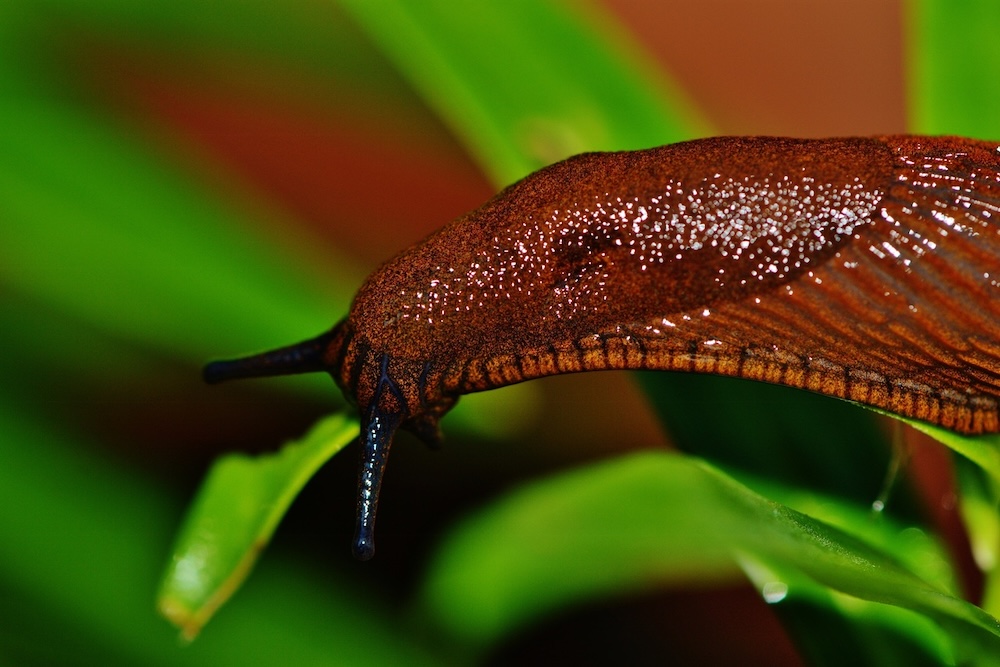
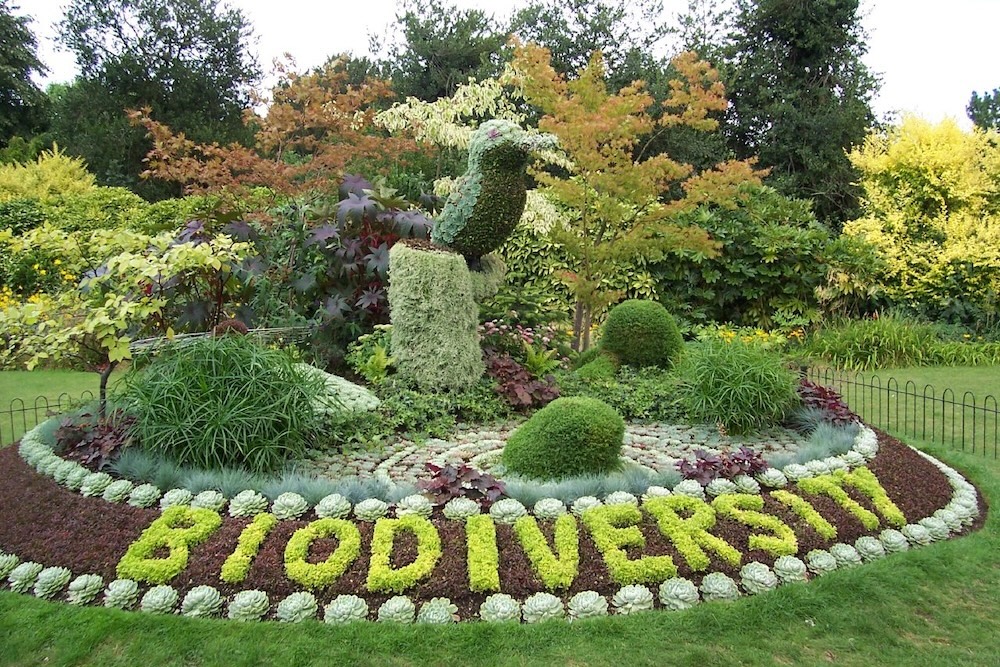
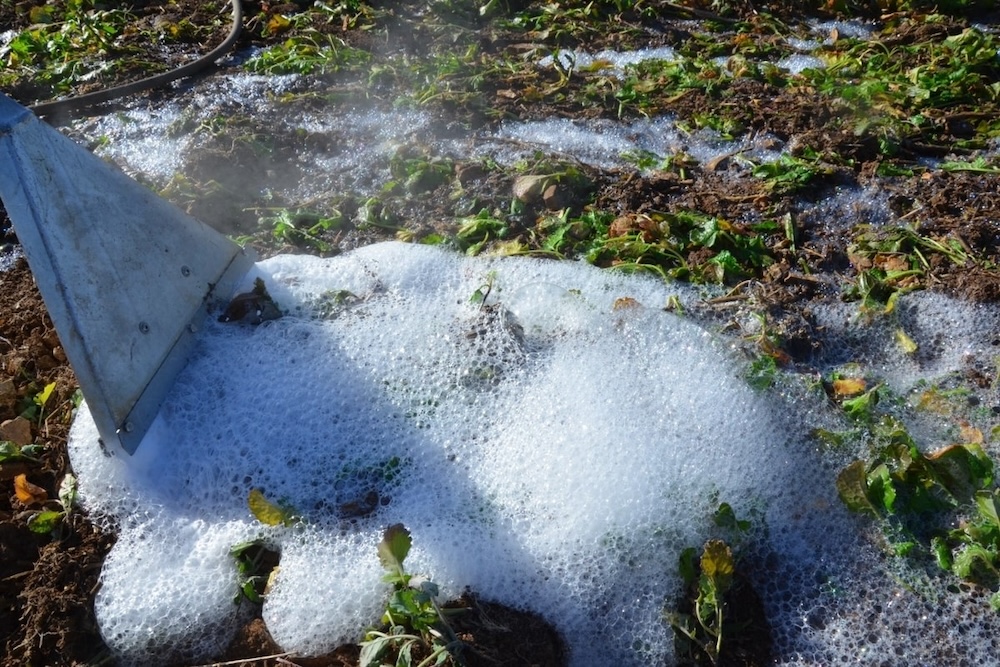
This Post Has 0 Comments